Mental health in our schools
May 10, 2018
By WILLIAM CARROLL
The Mirror reporter
For many students, mental illness is a real issue. It affects their ability to perform both academically and socially, putting them at a tough spot in high-school. Between work, tests, changing hormones, and issues affecting one’s mental health, high school can easily be a time of stress and hardships, with these struggles being even greater for LGBTQ youth (who are more likely than their peers to suffer from mental health issues.)
The concoction of struggles in both academic and social spheres can be a dangerous combination for youth who are expected to exceed at one or both. As reported by the CDC, teen suicide rates are on the rise, and so is teen depression, and the causes can be traced back to the struggles these students face in the high school atmosphere.
When we look at high school cases of mental health we have to understand the complexity and effect of these illnesses on the afflicted student and how the struggles are more than just what we see.
To a faculty member or fellow student, the student who doesn’t turn in their homework and doesn’t focus in class may just seem lazy and unattentive, but a lot lies underneath. Several mental illnesses, including depression and anxiety, ADD, ADHD, and several more can have an adverse effect on the ability of a student to concentrate, and several other illnesses make it hard to even CARE about the work that they have.
The problem extends far past just doing school work though. Irritability, pessimism, loss of interest, and other antisocial behaviors are very present in several disorders and can make it difficult for a student suffering from them to operate in a social atmosphere, and it can have a toxic effect on teens who are afflicted. Social isolation, bullying, feelings of loneliness can drive people to misery.
In our schools, there’s not a lot of leeway for people struggling with mental health issues. Often times both teachers and other staff members aren’t quite inclusive or understanding of issues. Policies such as no late homework or punishment for missing school may seem fair for those who can keep up, but for someone suffering from illness, it’s difficult for them to peel themselves out of bed or to force themselves to do homework. A depressive episode can turn into a major problem once they’ve gotten out of their funk.
What can we do about the struggle of mentally ill students in our schools? Well, the first step is to be aware. The kid who sits next to you may seem just crabby, but she may be struggling with a lot more under the surface. The second step is to be courteous. If someone has a learning disorder, don’t rush them along. If you’re close to someone with mental health issues, try to be supportive of them and their struggles.
We can also help at higher levels by getting our schools and teachers to be more inclusive of mentally ill students. When we create an atmosphere for our mentally ill students and friends to be able to succeed, we can cut down on the amount of misery and the mounting suicide rate while creating a less stressful, more successful atmosphere for us all.


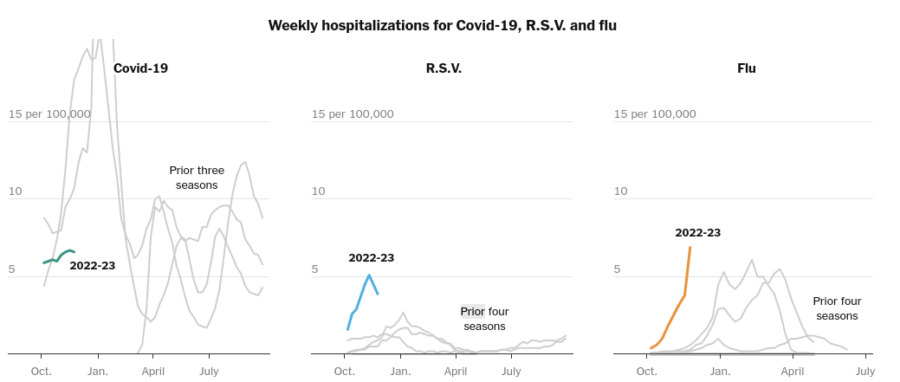























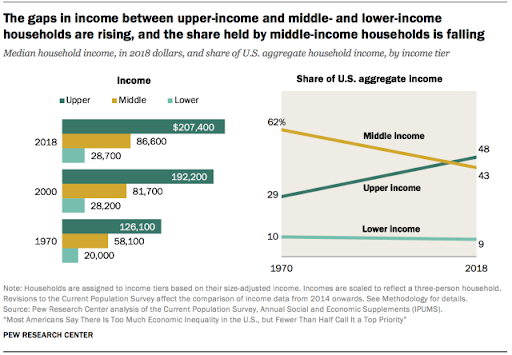
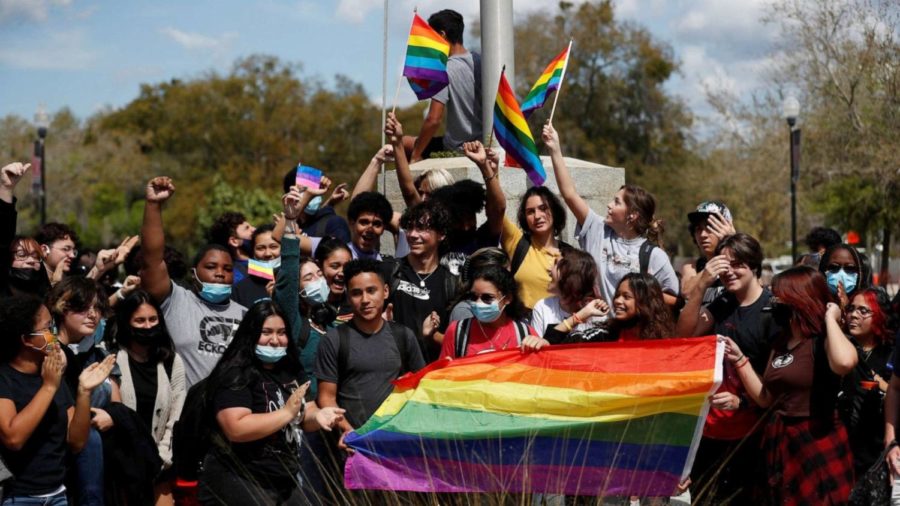

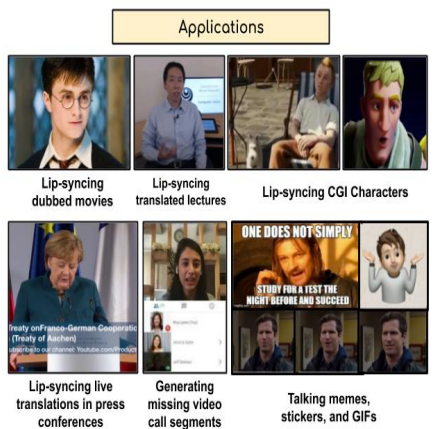
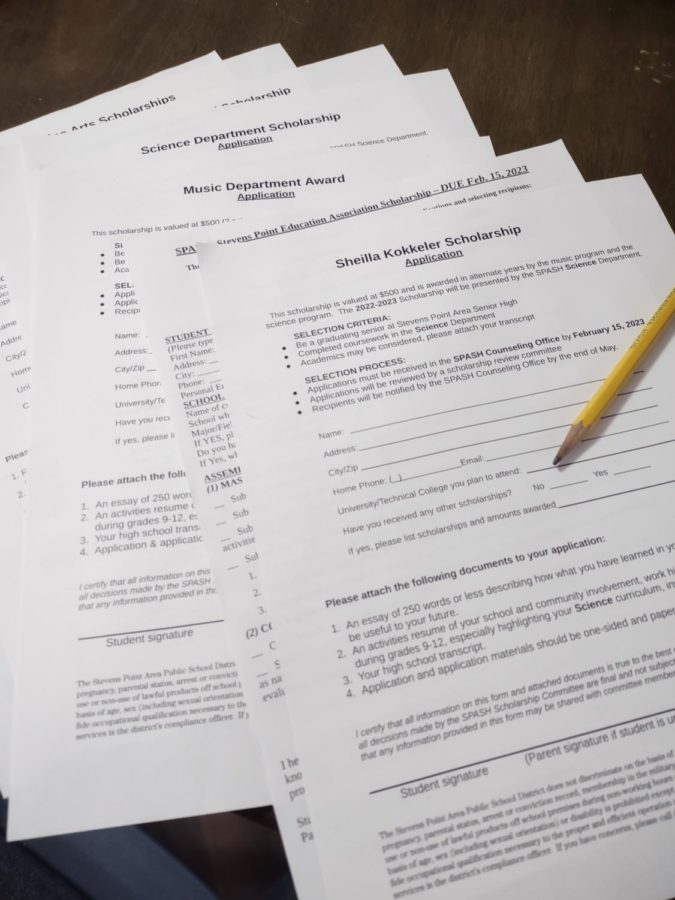




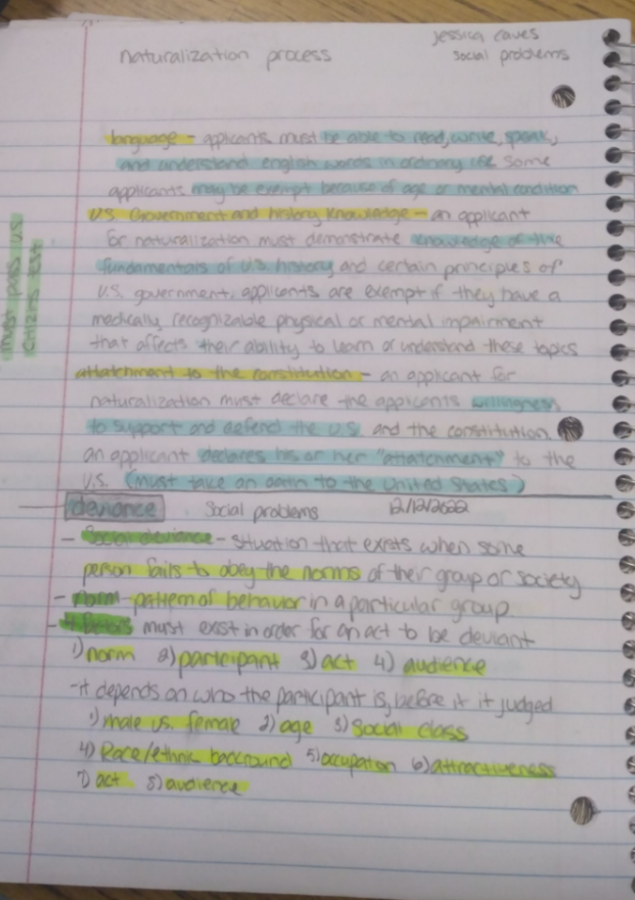
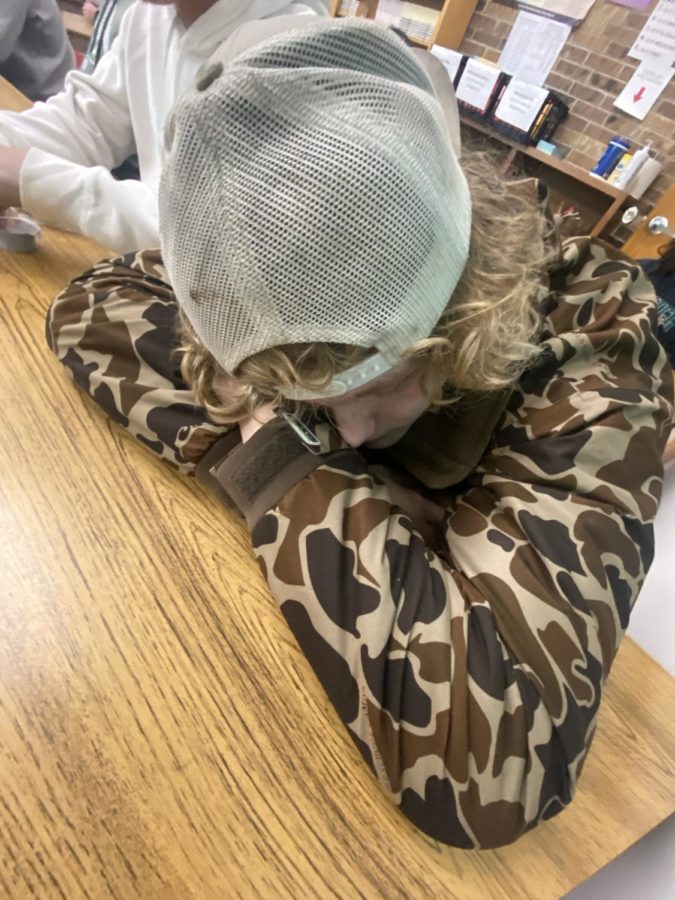


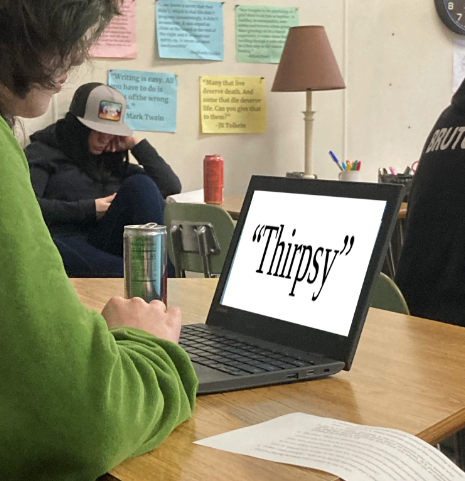







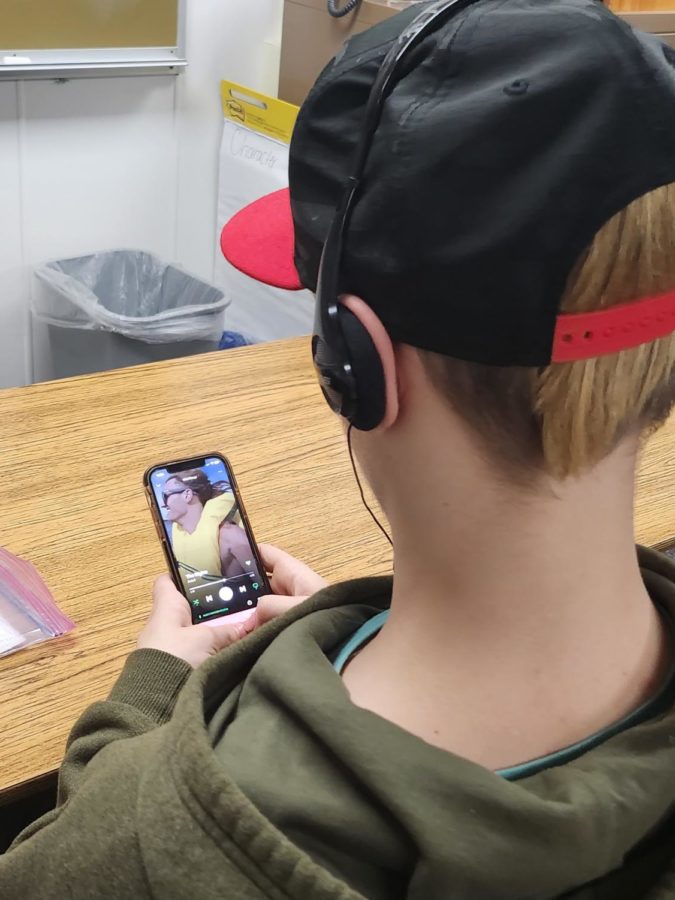

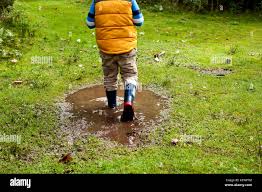




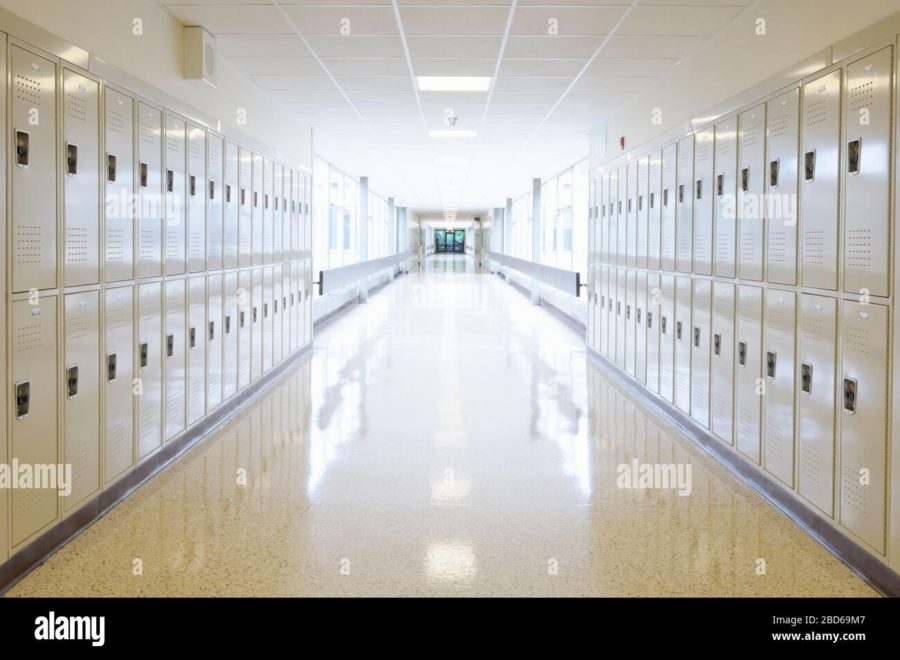




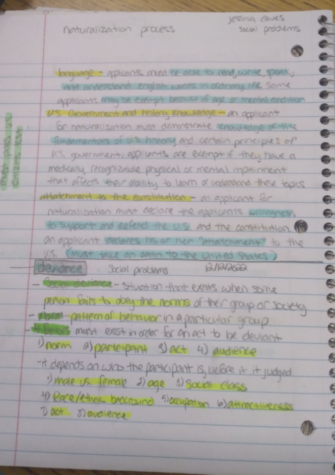
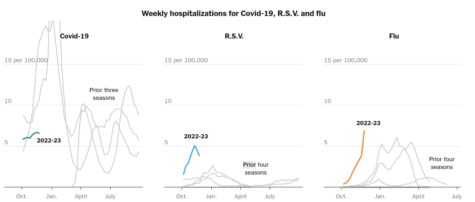




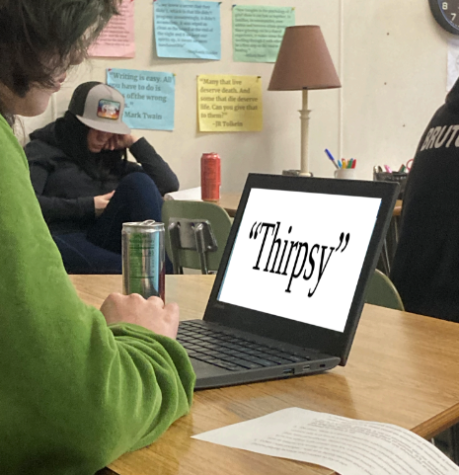
Maryann Silva • Sep 5, 2018 at 5:12 AM
I enjoyed reading this because you do shine light on the metal health topic. Its important to remember mental health. We should pay more attention to it and not just brush it away.
Lauren Huebner • Sep 4, 2018 at 9:55 PM
I really appreciate the message this article was talking about. It can be hard to understand what is going through someone’s head. I also feel the school should be more inclusive and raise more awareness about mental health issues.
Madison Rindahl • Sep 4, 2018 at 4:28 PM
I am glad that someone did an article on mental health issues. I think it is something that people don’t talk about and I think we should do our best to help people in school. I think this article gave some great insight on how we can be mindful and watchful of people who may struggle with a mental health Issues. Keep up the good work!
Aiden Price • Sep 4, 2018 at 10:55 AM
This is true, people in this school might seem tired or crabby but they are affected by these, we should try are hardest to make these people feel good about themselves or to make them feel welcome and preheated.
Justice Chukwuemeka • Sep 4, 2018 at 10:55 AM
This article was very informative. Mental illness is real and this article proves it. I have heard some people talk about how ADD and ADHD is just “something” that can be easily dealt with. They don’t understand what the mentally ill are passing through. I hope they will find this article and read. Thanks for this article, William.
Alina Burmistrova • May 11, 2018 at 1:33 PM
You care about teen serious issues which are so popular nowadays. And I respect it. It is an important article and I think each student should read it because it would be useful as for him/her as for others. Good job, Will!
Manuel Lupercio • May 11, 2018 at 12:58 PM
This article was very well written and I feel touches on a topic not usually brought up. Having ADHD myself I often get distracted and lose the urge to do things relating to school when I know they’re meaningless. This is why I have music with me almost all the time as music helps me focus and makes working on assignments enjoyable. It also can block out irritable teachers or peers which is a huge plus
Tony Ludwig • May 11, 2018 at 12:56 PM
I really enjoyed this article. It’s too easy for schools to mistreat mental health.wm
Alyssa Schroeckenthaler • May 11, 2018 at 12:55 PM
You talked about a lot of interesting things. I’m glad someone brought this up because I feel like it’s something we don’t consider or think about a lot here at school. Really nice article with lots of information!
Kara • May 11, 2018 at 12:53 PM
I do think our school needs to do better about being aware of mental health issues. Also, students need to not be so quick to judge someone. I am really glad you did a piece about this, Will. Great job and great detail.
Dylan Konicek • May 11, 2018 at 12:48 PM
I really enjoyed this article. I personally know some people with a mental illness and your article made me realize what they go through every day. It is definitely something that should be mentioned more and have more attention
Hannah Gibbons • May 11, 2018 at 12:45 PM
I really enjoyed reading this article Will, and I’m glad you were able to shine some light on this topic. I thought the piece was very well written and didn’t cross any boundaries. I think schools, especially high schools should be a bit more lenient on their students when it comes to mental health, because a lot of us for the first time are experiencing some type of anxiety or depression.
Dylan Trigg • May 11, 2018 at 12:43 PM
I do think that this should be talked about more. Some people have major issues and you were right when you said that some teachers really don’t understand, nor help as much as they should. Liked this article allot.
Hannah Siegel • May 11, 2018 at 12:25 PM
I really liked this article, I don’t have a mental health issue but I know people who do and I feel this gave me a better insight into what they’re facing. This was a great summary and article and its nice to see someone addressing it.
Kacey Koch • May 11, 2018 at 12:20 PM
I’m really glad Will did an article about this because mental illness isn’t talked about very often in our schools, but should be. It was really interesting to read but I would’ve liked some quotes.